I had Fraxel last week, and this is what I thought. My road test of one of the most talked about anti-aging skin treatments.
Fraxel is a laser skin resurfacing treatment that boats its ability to reduce fine lines, sun spots, and other forms of skin pigmentation.
Before I had Fraxel, I was, frankly, terrified. I changed my appointment twice, and almost cancelled on the day.
I have heard more bad stories about Fraxel than any other beauty treatment. I have friends who have had their boobs done, tummy tucks and more, and they all say Fraxel was the most painful.
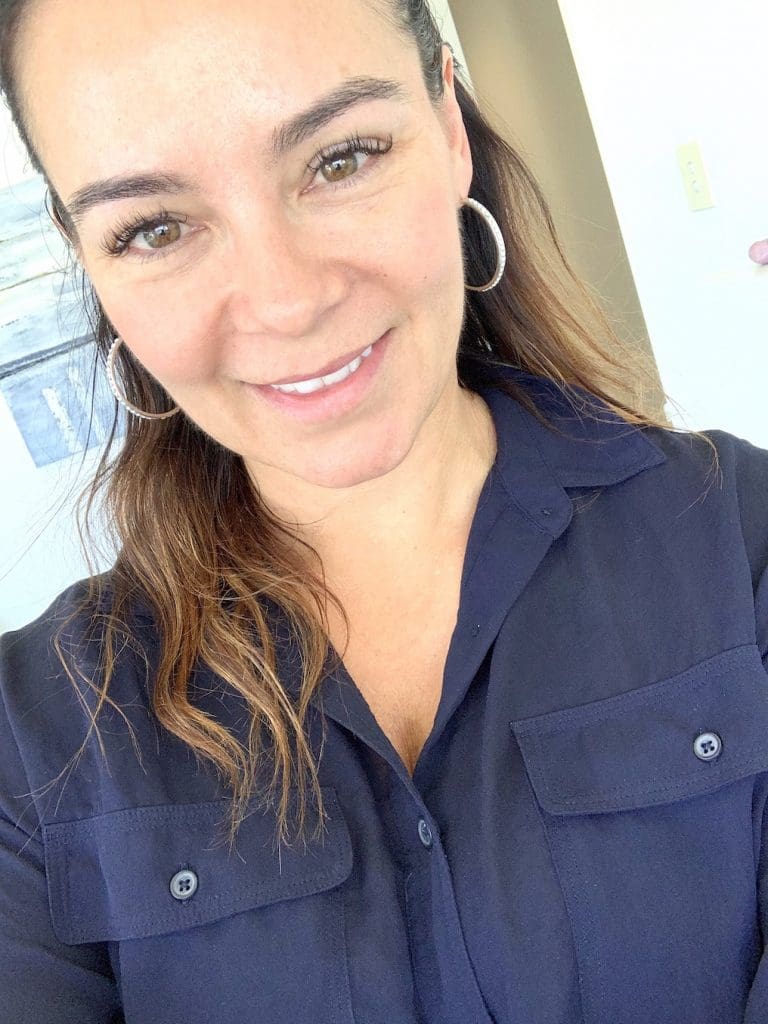
But I had it done last week, and can honestly say it is not a major big deal.
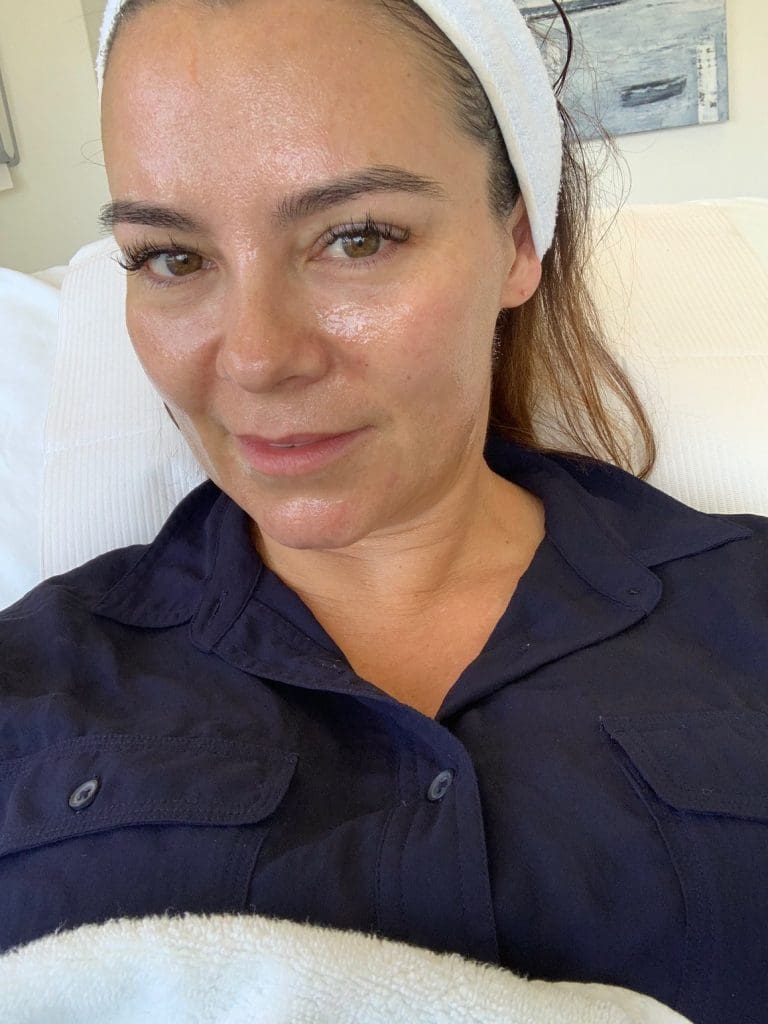
At least that was my experience at Skin Renu in Balmain, (who did not pay me to write this piece, but did comp the treatment).
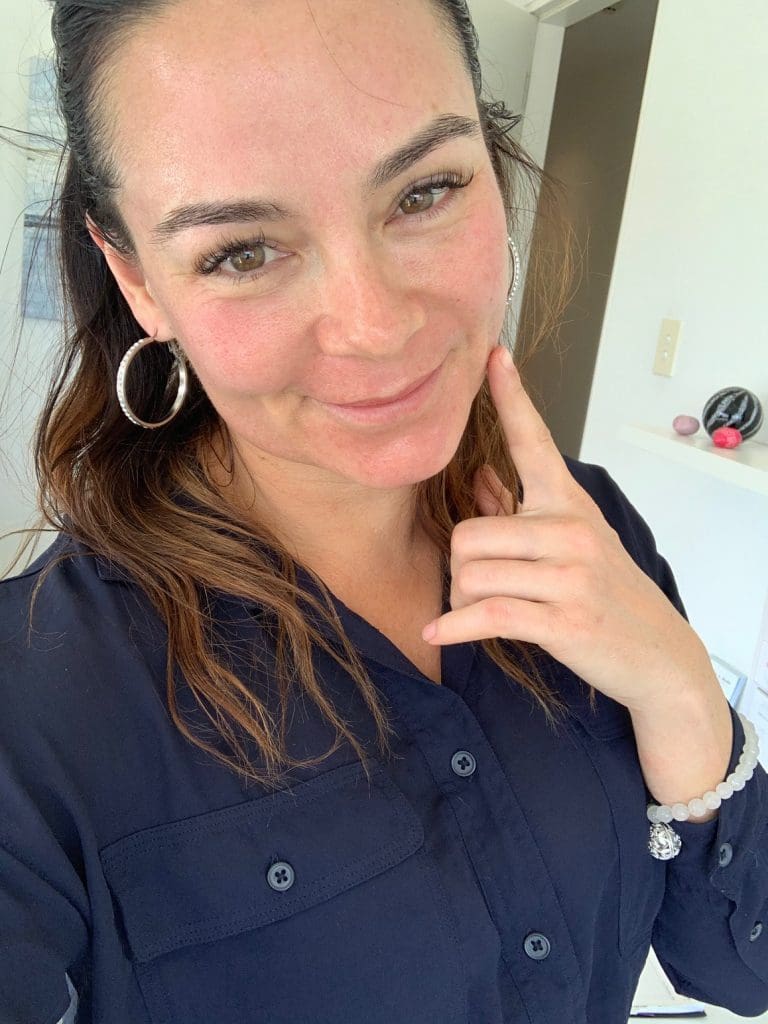
I had Fraxel which I barely felt at the time. I had some skin peel off the following few days, and that was that in terms of hassle and inconvenience.
There was certainly no reason for me to miss events or to not leave the house.

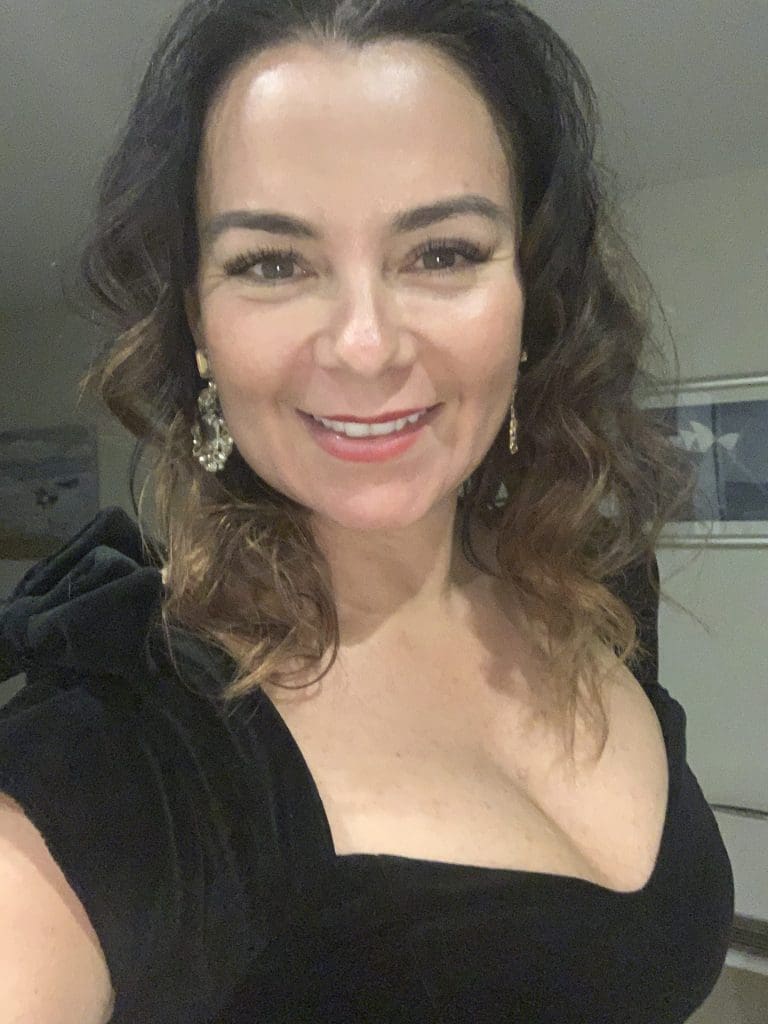
And afterwards, my skin looked super fresh, flawless and glowing.
I had prepared myself for a lot more stress – and pain.
So what is Fraxel?
Fraxel is a non-surgical laser treatment designed in New York almost 20 years ago to repair damaged skin.
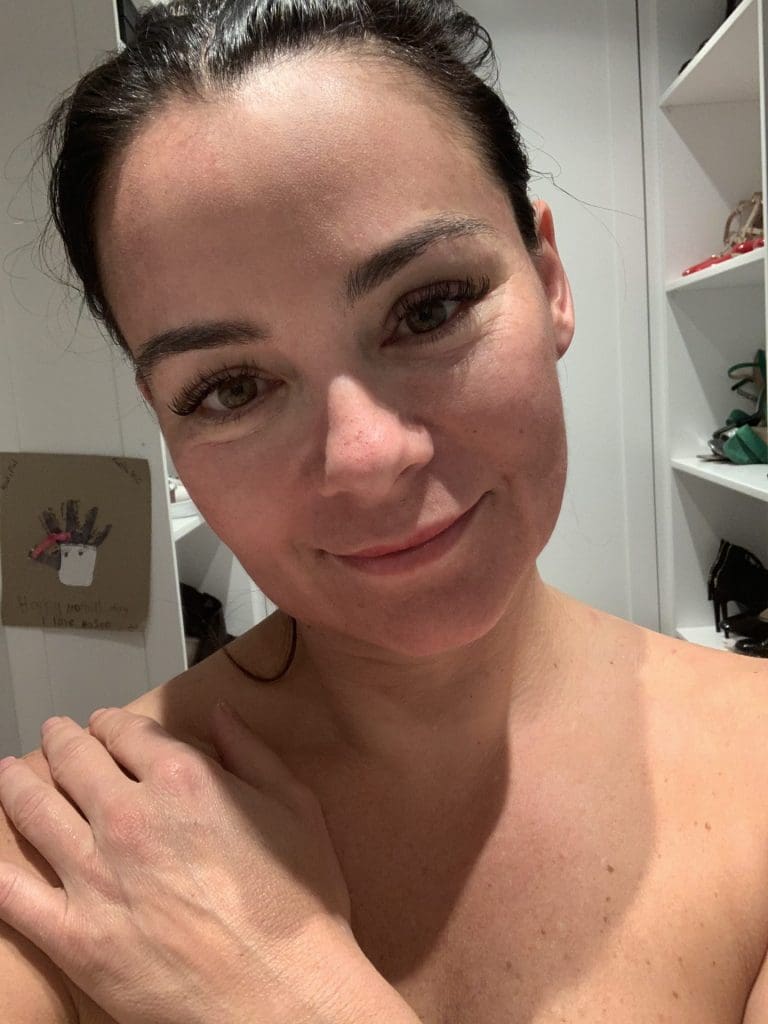
What it actually does is cause fractional photothermolysis for skin resurfacing – which in basic terms means it causes the skin some stress so the skin itself then repairs itself which intern gives the skin a plumper, healthier, fresher look as the skin produces more collagen and elastin.
Put another way, it is controlled micro-damage to the skin.


Who gets the best results?
The best results are on skin that has sun damage, hyperpigmentation or acne scarring.
I didn’t and don’t have any of these. I just wanted clearer, smoother skin.
The treatment itself took about 90 minutes, as an hour was spent with numbing cream on my face – this was super relaxing and a great time to get some work done in a peaceful environment.
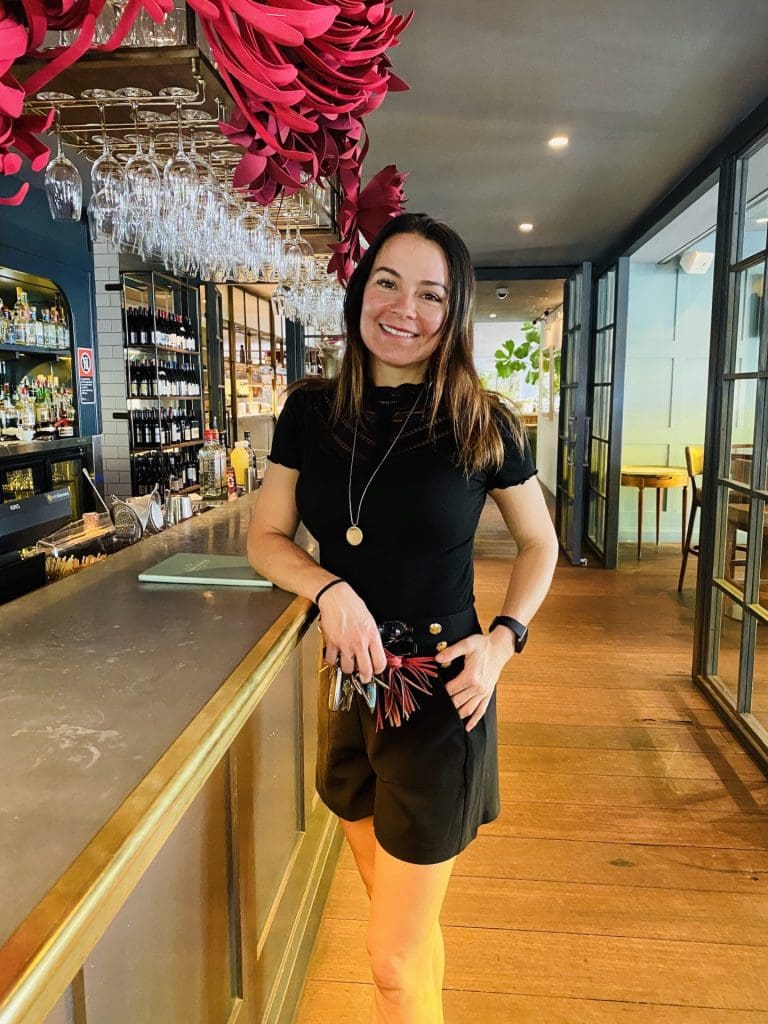
Next, the qualified nurse applied the laser to one half of my face, and then the other. At times the laser feels a touch warm, and even a tiny bit prickly, but nothing major at all.
Then a second laser was applied over the face again, about another 20 minutes.
All pretty simple.

After the treatment:
After the treatment, cooling ice packs were placed on my cheeks which looked flushed and felt warm. The ice was great to really cool me down.
The next day my skin looked a bit red, and it wasn’t until day 4 that it started peeling. But even this was minimal. It peeled in tiny little pieces, that were barely detectable.
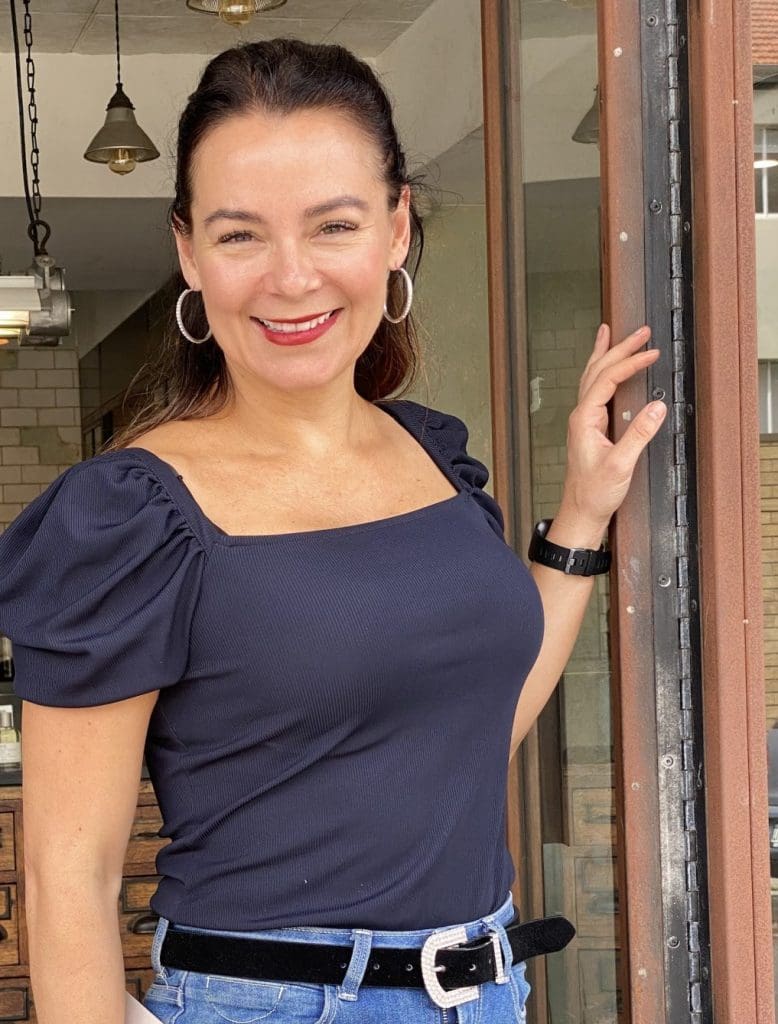
And by day 7 all of the skin had peeled and my face was glowing and fresh.
Most doctors recommend 3-4 treatments in succession to really slough off layers of skin, and it really isn’t a big a deal if you need that course of action for your skin to be where you want it to be.
I would have it again.
The final results were crystal clear, glowing, healthy skin. Friends are commenting and it looks great.
And what products did I use during the recovery? La Roche-Posay products, as they are natural, and beautiful nourishing to help skin recover after trauma.
The La Roche Posay Cicaplast Baume B5 soothing repair balm, and La Roche Posay Anthelios XL Ultra Light Fluid SPF 50 + were my two go-to’s this week to both nourish and protect the skin.
Skin Renu are offering a 10% discount for Renae’s World readers: https://skinrenu.com.au/, just call and quote Renae’s World.

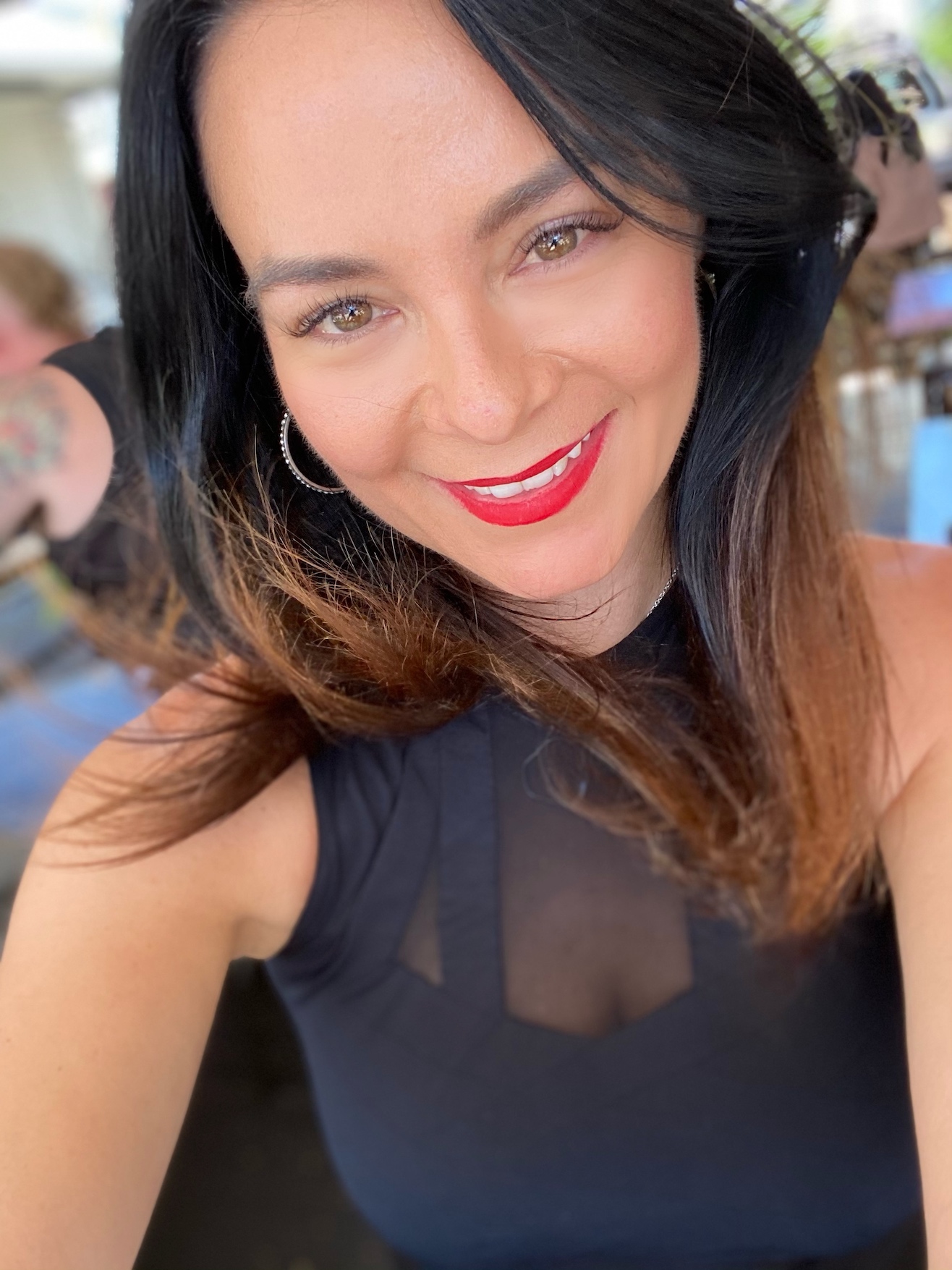

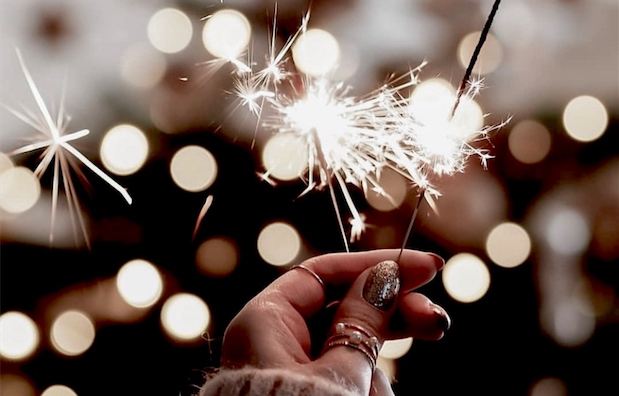
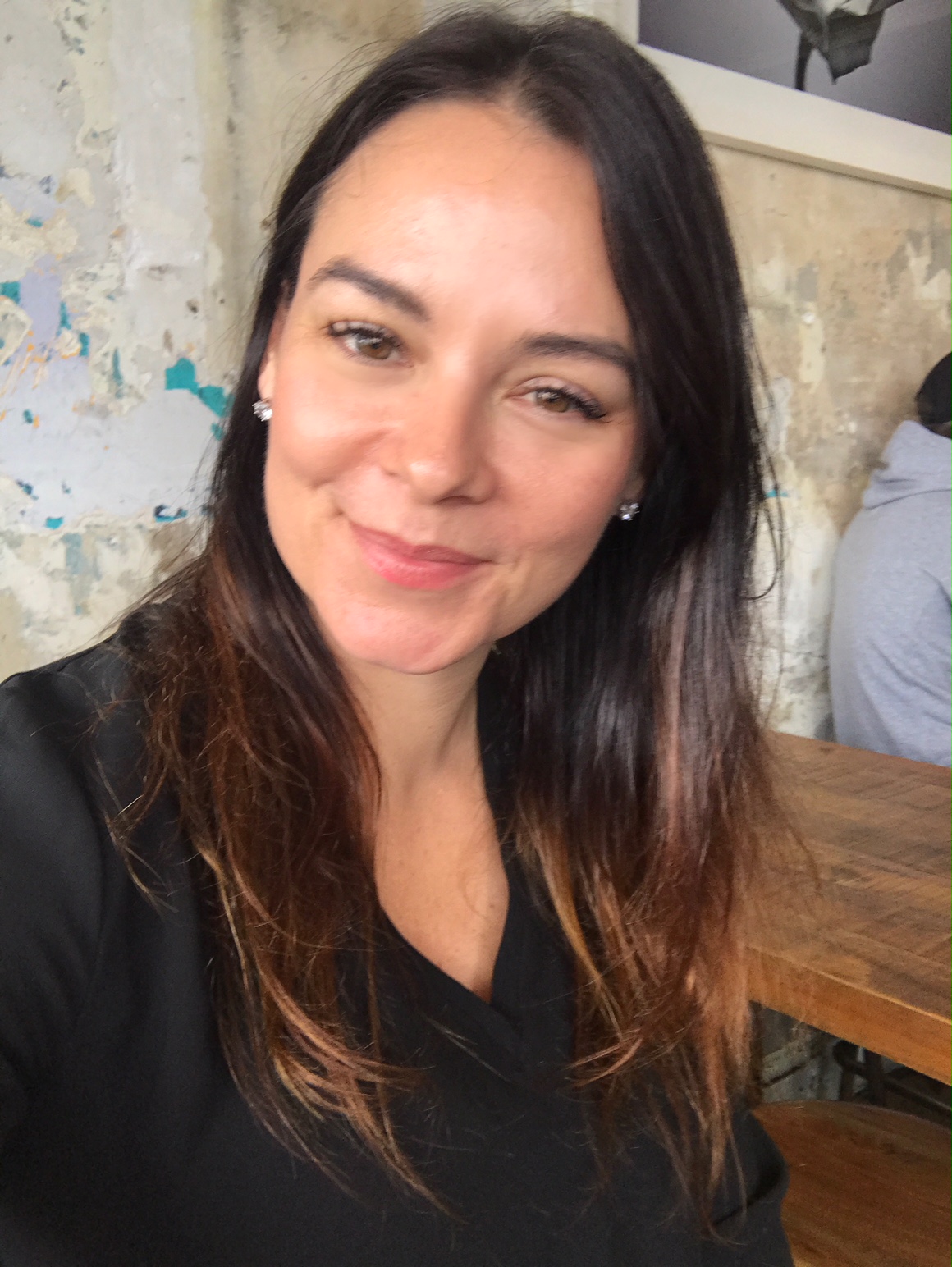
3 Comments
Virtual beauty is a way to have a beauty appointment at home
05/05/2020 at 4:09 pm[…] the treatment, founder Renae said it left her skin looking “super fresh, flawless and glowing,” following days of redness and […]
How a Fraxel Laser Treatment Can Work for You | Bondi Beauty
12/07/2020 at 3:54 pm[…] Click here to read Bondi Beauty Founder Renae’s experience with Fraxel. […]
Priti S
11/10/2020 at 8:35 amThis is really interesting. I wonder if your treatment sessions were purposefully mild to avoid the redness and peeling, or if your skin is just very tolerant of the laser! Usually this treatment does require some downtime, even if it starts a few days after the session. Glad it went well for you! I would agree though, even if one does experience a week or two of downtime, it’s not typically as bad as surgery or other more intense laser treatments. Plus doctors can use anesthetic to numb the pain. Then again, it can depend on your pain tolerance, and other factors.